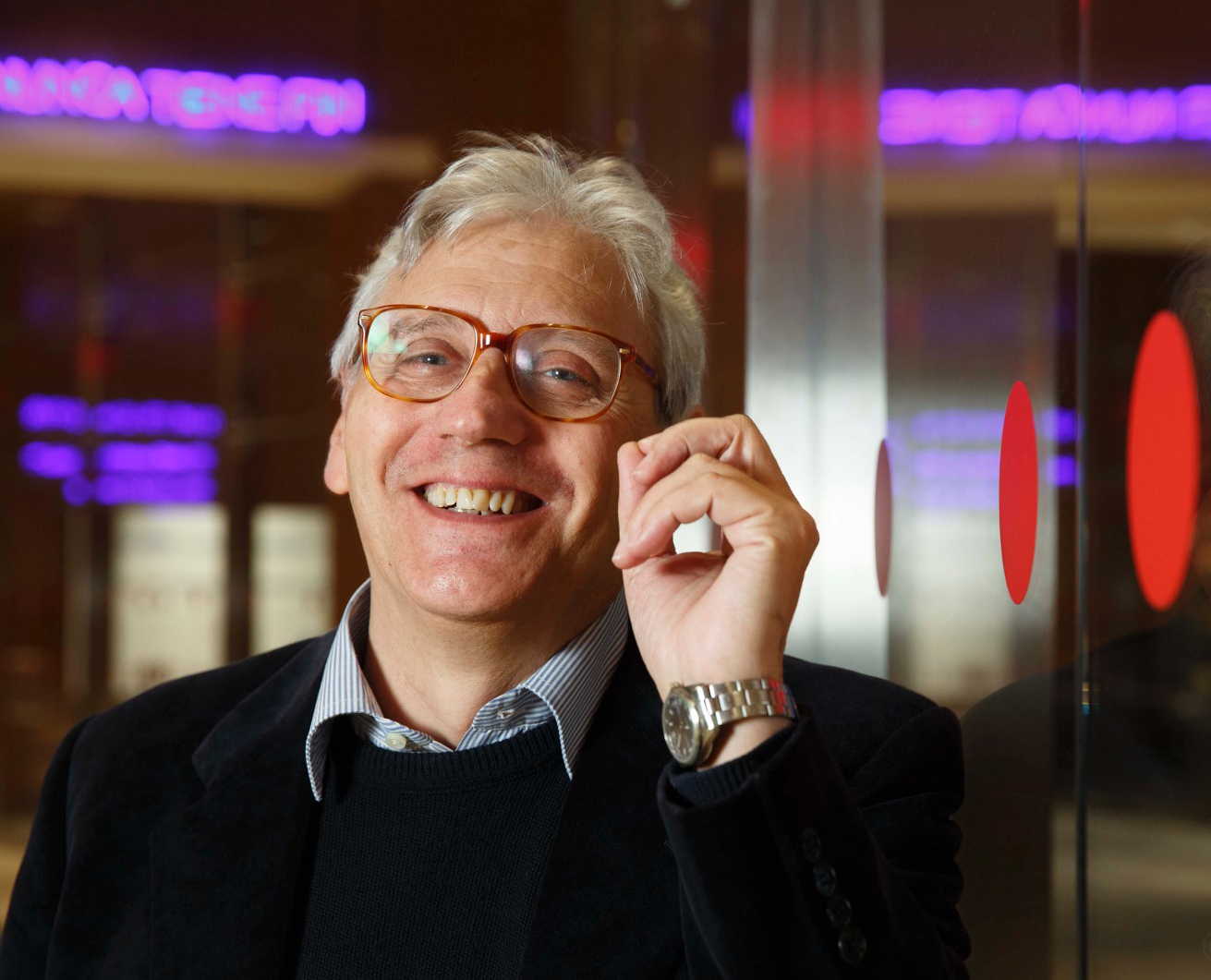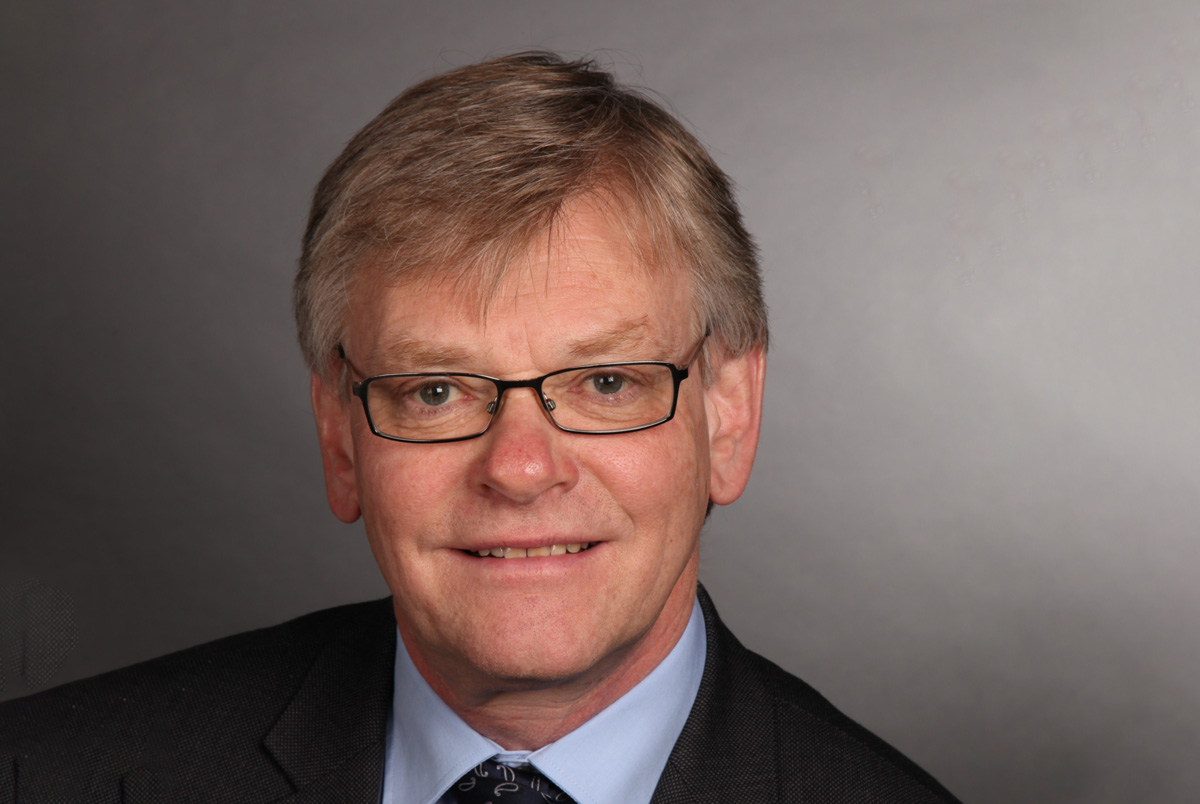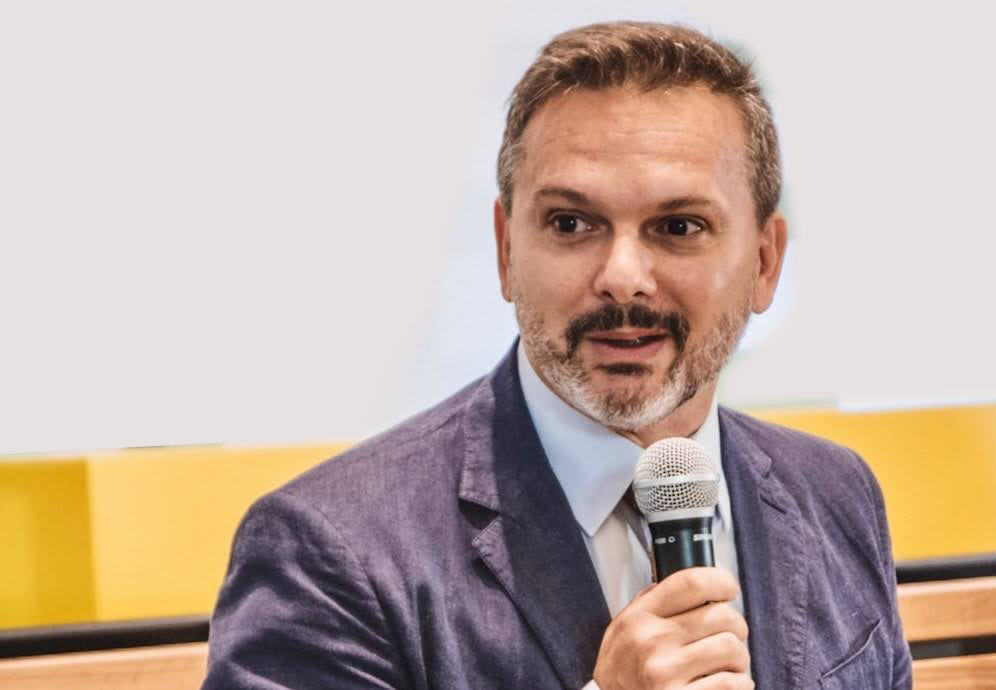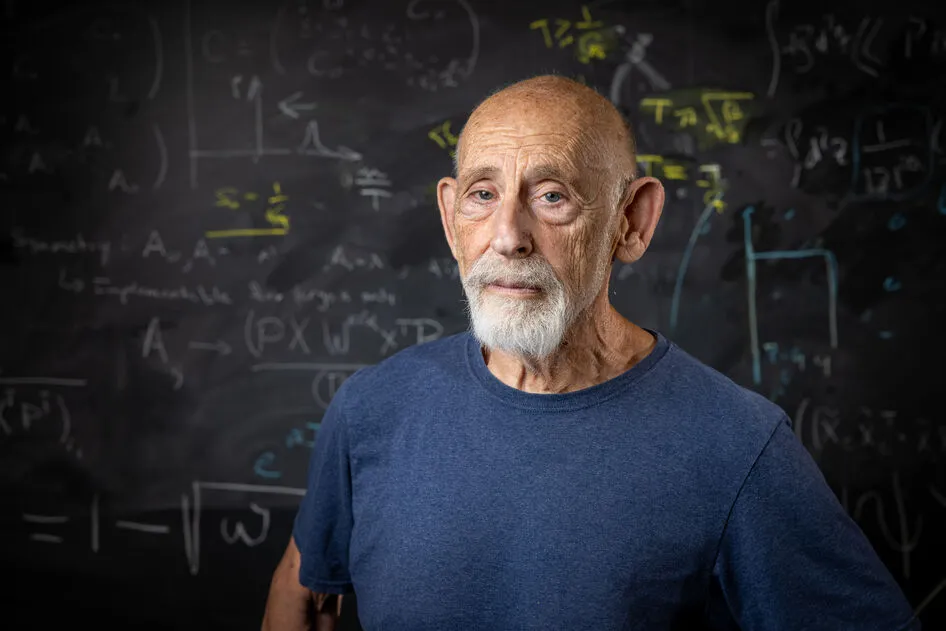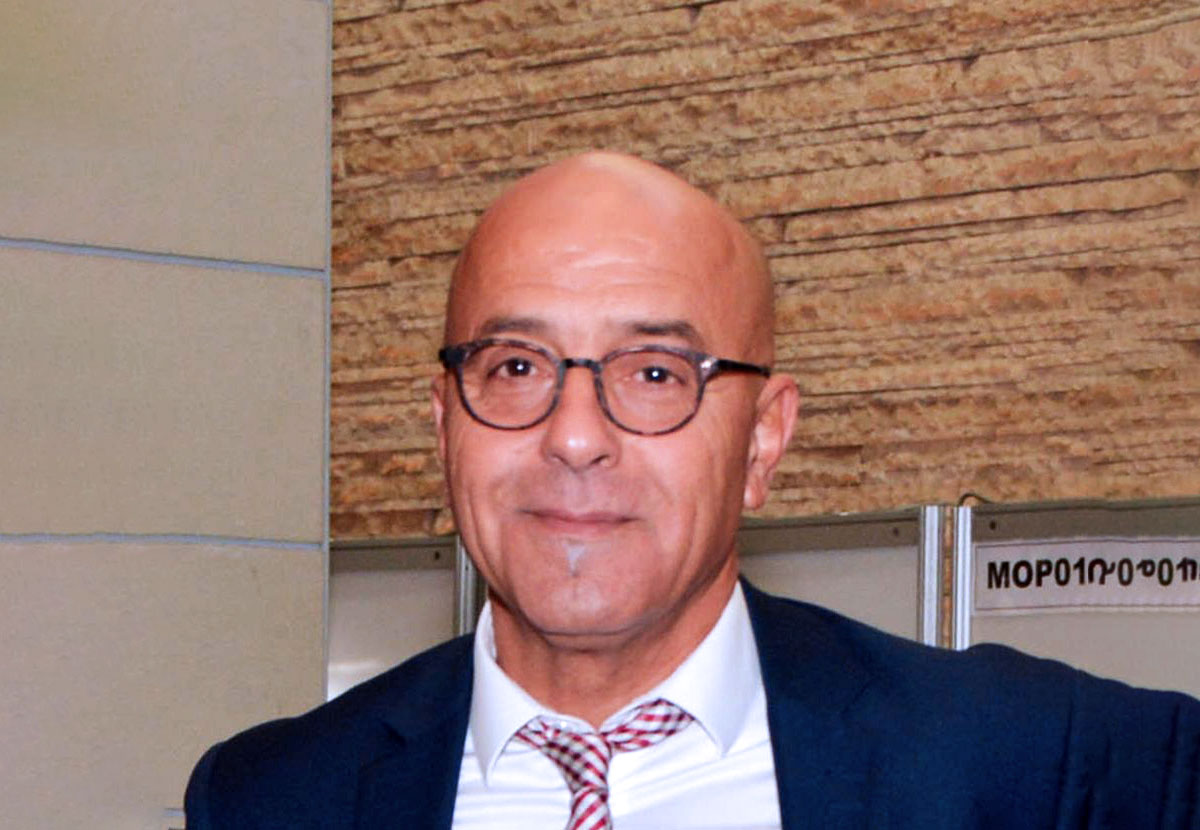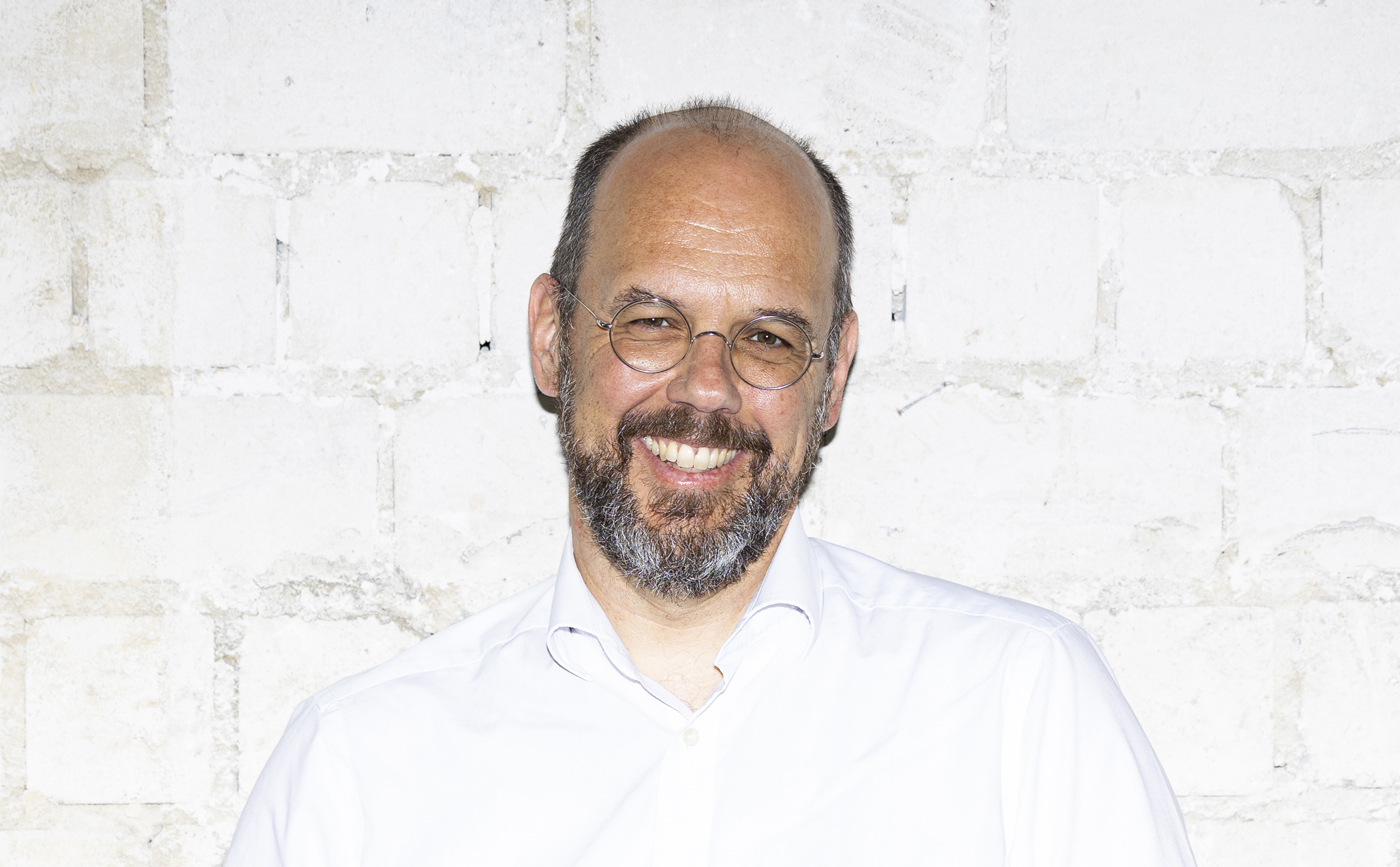Interview with Tommaso Calarco, among the authors of the Quantum Manifesto, the initiative that aims to put Europe at the forefront of the second quantum revolution, and now in charge of coordinating the Italian strategy for quantum technologies
We will get to the Italian strategy, but let’s start with you: where did your interest in quantum technologies come from?
My interest stems from the fact that quantum mechanics is an absurd thing, which, surprisingly, can even be proved by experiments. Not only can we not form a mental image of certain quantum phenomena that occur, but if we just try to do so, we get it wrong. This is what fascinated me from the outset and remains a driving fascination for me to this day.
Why did you feel the urgency to propose the Quantum Manifesto nine years ago?
Actually, the Quantum Manifesto was not the starting point. There is a document, a Strategic Report on Quantum Technologies, that goes back as much as twelve years earlier, to 2004. At that time there was not yet the maturity to develop a roadmap and set clear milestones, but the scientific community was already wondering about the insights to be provided to the European Commission in this area. That first group, which included the later Nobel laureates in quantum information science of 2022 [Alain Aspect, John F. Clauser and Anton Zeilinger, ed.], included just a few dozen people. Over time the community grew, and with it the active projects on quantum technologies, to the point that we felt the need to frame them, put them in writing. So, in 2016 the Quantum Manifesto came about: as a summary of everything the community had been working on for a long time. We clearly sensed it was the right time to pool knowledge, reach a new level of awareness and attract the corresponding funding.
From 2004 to date, how has the quantum technology scenario evolved?
The evolution has been very significant, both from a technological and a conceptual perspective. It has gone from a series of somewhat stand-alone proposals – quantum communication for cryptography on the one hand, quantum computing on the other – to a unified vision, to what we now call the quantum web. Furthermore, as for the physical implementation of these technologies, the results have been truly surprising and unpredictable. I am thinking especially of the developments since the mid-2010s, when sufficiently low error rate and the ability to manipulate quantum systems on multiple platforms were achieved, from the superconducting versions used by Google to the neutral atom, ion, and photon platforms. The remarkable progress made at that time gave us a measure of what further developments might be, and allowed us to develop a strategy, a veritable roadmap with milestones to be reached over three, six and ten years, so as to progress in a systematic manner.
Speaking of roadmaps, you worked on the German roadmap for quantum technologies under the leadership of Angela Merkel, and on several occasions you collaborated on various policy texts within the scope of the European Commission. How are these past experiences helping you bring the Italian situation into focus?
All the experiences in the European context have been instrumental in perceiving very deeply that, despite the fact that in the past years there was still no Italian strategic initiative aimed at quantum technologies, both the scientific results obtained by the Italian groups and the human results, in the sense of the researchers trained by the Italian system, are of very high quality. Indeed, Italy lacks nothing to be and remain in the forefront of quantum technologies. We only need to outline – and with the PNRR we have already moved in this direction – a clear investment strategy to make the most of the great intellectual and human resources we have, and to be at the forefront of the development of industrial applications.
Let’s turn then to the Italian strategy: what is it and what are its goals?
The Italian Quantum Technology Strategy is a joint initiative of the Ministry of University and Research, the Ministry of Enterprise and Made in Italy, the Ministry of Defence, the Ministry of Foreign Affairs and International Cooperation, and the National Cybersecurity Agency, aimed at drawing up a document, in line with the European ones, outlining all the components of the so-called “quantum ecosystem”: the scientific component of research and development, the industrial component of innovation and technological advancement, and the infrastructure needed to progress in the field of quantum technologies at the national level. The goal is precisely to strengthen and consolidate this ecosystem, to be on a par with other European countries in view of what President Ursula Von der Leyen has announced as the Quantum Act, a European law that will give new impetus to the development of quantum technologies.
What lines of action are emerging in order to consolidate this quantum ecosystem?
Of course, among the priorities there is support for research, because that of quantum technologies is still, in an important way, a research topic. Then there is support for infrastructure, in which we are going to build the first devices designed by our start-ups, and through which we will anchor ourselves to the European infrastructure for quantum telecommunications and quantum computing. Equally important will be financial support for the creation of new start-ups and their evolution into scale-ups, i.e., companies that, created within research institutions, manage to establish themselves on the market by their ability to produce and attract investment. From the industry side, there is very strong interest in quantum technologies, yet they still have little financial involvement.
Why in your opinion?
I asked myself the very same question and, on behalf of the European Commission, I went looking for the answer in the United States, where the investments in start-ups active in quantum technologies are really important. In Los Angeles, I met with the head of Google’s Quantum Technologies Department, Hartmut Neven, and asked him how we could stimulate a similar level of involvement and investment in Europe as we see in the United States. His answer was very simple: “You cannot, because you do not sit on a pile of cash”. The pile of cash he was referring to, the money available to Google and the other U.S. digital technology giants, is a direct result of the Internet revolution. The World Wide Web was invented in Europe, at CERN in Geneva, by physicists, but Europe failed to translate that technological innovation into value creation, which is exactly why we have less private capital to invest today. Italian industries do not lack the vision or the ability to imagine future scenarios, nor the courage to go and develop these technologies; they just lack the possibility to take risks, because quantum technology, undoubtedly, still carries a high risk. We do not know if and to what extent it will work in terms of production, we cannot be certain of an immediate or rapid return on investment. Therefore, it is important to develop these national strategies, to complement private funding with public funding and achieve the results we let slip away with the creation of the web.
In terms of results, has Italy already achieved important milestones in this area?
Italy has made and continues to make very significant contributions at the level of fundamental science, and increasingly also in the development of applications and technologies. We have a very bright example at the Federico II University of Naples, where, thanks to PNRR funding, it has been possible to create a first quantum computer equipped with several dozen qubits. This device represents an important achievement of Spoke 10 “Quantum Computing” of ICSC, the National Centre proposed by INFN, and is about to be included in the Italian and European quantum computing infrastructure for external access. The Neapolitan technology exploits superconductors, but we are also very strong on alternative technologies. At Sapienza University of Rome, for example, there is the research group led by Fabio Sciarrino working on photonics, and in Milan there is a start-up focusing on enabling technologies for photonic quantum videos; and I am referring to just two of the many projects that populate a decidedly rich and growing national ecosystem.
Why not focus on one technology and try to perfect it?
Because that of quantum technologies is still a research topic, in which all possibilities are worth exploring. Up until mid-2023, the technology with the best prospects for success was thought to be the superconducting technology used by Francesco Tafuri at the Federico II University of Naples, and like him by Google, IBM and large American companies. Then, in December 2023, a scientific result was published, which has already had major industrial spin-offs, showing that with neutral atoms an alternative platform is not only possible but extremely promising. At Harvard, they have succeeded in creating a quantum computer based on this technology, with a very large number of error-corrected qubits, which opens up the possibility of producing these machines for concrete use. This shows that proceeding by trial and error is still the right approach. Otherwise, we would risk excluding technologies with great potential for innovation.
How do these two alternative technologies work?
The technology used at the Federico II University of Naples is based on circuits, which instead of being circuits printed in silicon as in classical computers, are made of other metallic materials (zinc, aluminium), which are then cooled to very low temperatures. A very special refrigerator is used to do this, capable of bringing the circuits to a temperature close to absolute zero, thousands of times colder than the lowest temperature we have in the universe. When this threshold is reached, the circuits behave in a superconductive manner, i.e., in a quantum manner, and to control them, instead of using electrical pulses as in normal calculators, microwave pulses must be used: a different mode of transmission, therefore, with different cables and on different hardware. In the case of atom technology, on the other hand, the approach is very different. This technology is being developed in Italy by the start-up Eniquantic, launched by former CNR president and founder of LENS in Florence Massimo Inguscio. It is something still in its infancy, but a quantum computer based on this technology is already in production in France thanks to the French company Pasqal, founded by Nobel Prize-winning physicist Alain Aspect, which is also proposing to send a quantum computer of its own production, based on atoms, to Cineca, in Bologna. Now, how does it work? The technology is based on single atoms inside a vacuum chamber. What we do is to pump all the air out of a glass box until only the atoms remain inside. Once isolated, the atoms are manipulated individually with so-called optical tweezers, highly focused laser beams that can trap them and manage their position. By arranging them in a certain configuration that mimics, for example, the characteristics of a molecule, a chemical compound, or a complex material, we are able to simulate the properties of that molecule, chemical compound, or complex material; an extremely advantageous possibility in the case of drug candidate molecules, for which, thanks to quantum technologies, we would be able to understand much more quickly compared to a supercomputer how high is the risk that they are toxic compounds. In short, these are two different technologies that also have different possibilities and work in radically different ways. Both, however, are viable candidates for quantum computing, and the moment we are able to scale up from the current few tens of quantum bits to several hundreds, we will be able to understand which of these technologies lends itself to being scaled up for practical use.
What other application fields do we expect for quantum technologies?
We do not yet know if and when we will manage to succeed, and thus to produce the technologies we desire in all the different fields. But if we were to be successful, we expect an acceleration and the ability to save energy resources for a very wide range of calculations that may have practical utility. In the case of success in quantum communication, we expect an amplification of security, in the direction of absolute security in communications. And finally, should we succeed in sensorics, we would open up a rather wide range of potential applications, ranging from data diagnostics to very precise and accurate measurement of physical quantities: we could, for example, measure the activity of a single neuron for the purposes of neurological diagnostics and the study of brain properties; or measure the passage of time with very high accuracy, which would benefit next-generation atomic clocks that could be used to make satellite navigation much more precise than today; and even measure the gravitational field with a quantum gravimeter, a device that is already commercially available and is used in monitoring volcanic activity. One such device is currently on Mount Etna to track the volcano’s activity and try to predict its eruptions. So, these are just some of the applications that can be created with quantum technologies: some are already a reality, others we hope will become so in the not-too-distant future.
BIO
Physicist specialised in the optimisation of quantum processes, coordinates the Italian strategy for quantum technologies and has always been engaged in strategic initiatives for quantum technology research at a European level. He is among the authors of the Quantum Manifesto, which led to the European Quantum Flagship, and chairs the Quantum Community Network within the scope of the programme. He is also Director of the Peter Grünberg Institute for quantum control, Professor of Quantum Information at the Institute for Theoretical Physics at the University of Cologne and lecturer at the Department of Physics and Astronomy of the University of Bologna.
